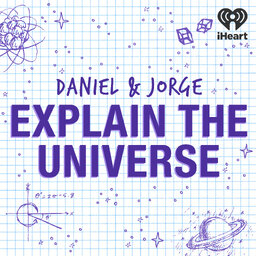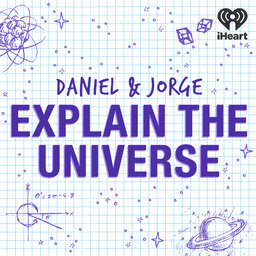Can you imagine a color you've never seen?
What is color and how do we perceive it? How many colors are there? UCI particle physicist Professor Daniel Whiteson explains the science of colors and answers some listener questions as well.
Learn more about your ad-choices at https://www.iheartpodcastnetwork.com
See omnystudio.com/listener for privacy information.
 Daniel and Jorge Explain the Universe
Daniel and Jorge Explain the Universe


